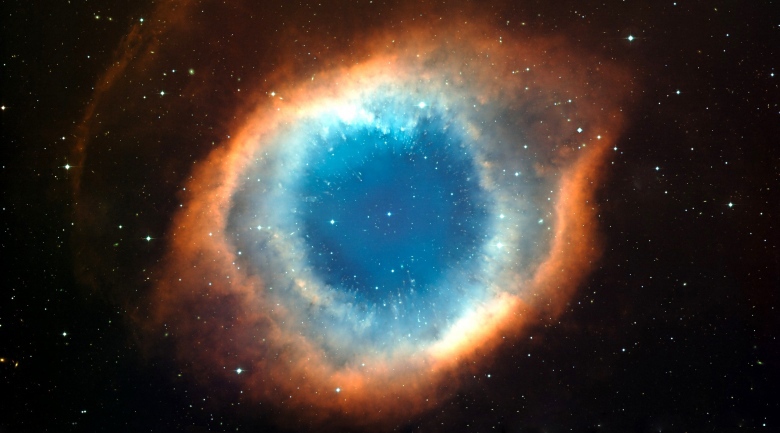
A team of astronomers has found the best evidence yet for the very first generation of stars, ones made only from ingredients provided directly by the big bang. Made of essentially only hydrogen and helium, these so-called population III stars are predicted to be enormous in size and to live fast and die young.
Until recently, many astronomers had thought they would never be able to see such stars, because they would have all burned and died in the universe’s early history, too far for us to see. But using new instruments on the world’s top telescopes, the team found a uniquely bright galaxy that seems to bear all the hallmarks of containing population III stars.
“The evidence is strong. They did a careful job,” says Avi Loeb, chair of Harvard University’s astronomy department. Theorists predict that the clouds of gas in the early universe would have remained relatively warm from the big bang and so would resist condensing down to form stars. Mixing in a small amount of heavier elements helps gas clouds cool, because those elements are easier to ionize and so shed heat as radiation.
But those heavy elements hadn’t yet formed in the early universe, so stars grew to enormous sizes, hundreds or even a thousand times as big as our sun, before their cores were dense enough to spark fusion. Once they did get started, they burned fast and hot, emitting lots of ultraviolet light and burning out in a few million years.
It was such burning that created the heavier elements that now populate the universe. Fusion in the cores of stars meld light atoms into heavier ones, all the carbon, oxygen, iron, and everything else needed to make dust clouds, planets, and life. These heavier elements are scattered around when a star ends its life and explodes.
So all the gas that exists in the universe now has a smattering of heavier elements, which allow it to cool more easily. As a result, stars tend to be smaller, burn less brightly, and live longer than their ancient forebears.
